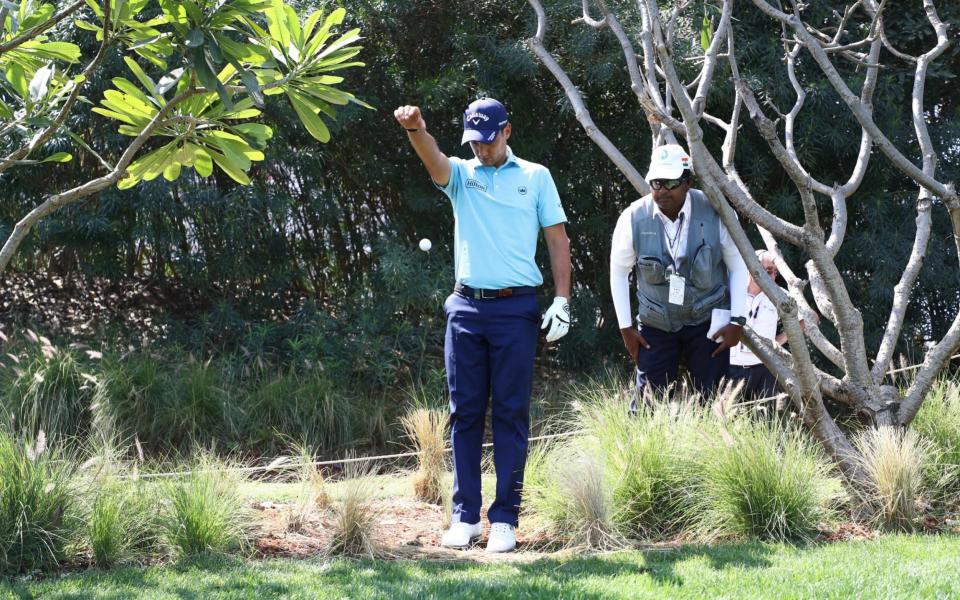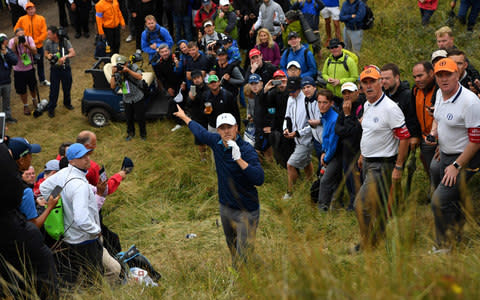R&A and USGA confirm major rules of golf overhaul from 2019

Club golfers will no longer have to endure the dreaded walk of shame back to the tee-box.
A local rule introduced by the game’s governing bodies will give players the option of taking a drop in the vicinity of where the ball was lost or went out of bounds under a two-stroke penalty.
The implementation, which will be introduced at the start of next year, will be widely welcomed, if not only for the embarrassment it might save the wayward hacker - as he or she suffers the stroke-and-distance sanction - but also because it should assist in the pace-of-play battle.
However, this rule will not apply in professional or elite-level competitions.
This is one of the four tweaks to the new Rules of Golf which were rolled out last year in an attempt to "simplify and modernise" and so make the game easier to understand.
The majority of the proposals unveiled last year will be implemented, but the USGA and R&A made four changes to their plans after a six-month “wide-ranging review process which has embraced the views of golfers, rules experts and administrators worldwide”.

There will no longer be a one-stroke penalty for a double-hit, i.e. striking the ball more than once in the process of a swing, and, when taking a drop, balls now must be dropped from knee height or higher.
And as far as taking relief goes, instead of the 20-or-80-inch measurement proposal, it will now be one club length (for free drops) and two club lengths (for penalty drops).
Other rule changes that have been given the green light include:
No penalty for a ball accidentally moving on a green, as long as a player is “virtually certain” he or she did not cause it to move.
No penalty for repairing spike marks on the green.
No penalty for moving loose impediments or touching the ground or water in a penalty area (excluding a bunker); and using “reasonable judgment” as the standard when measuring a line, drop or distance, even if video evidence later shows it to be incorrect.

